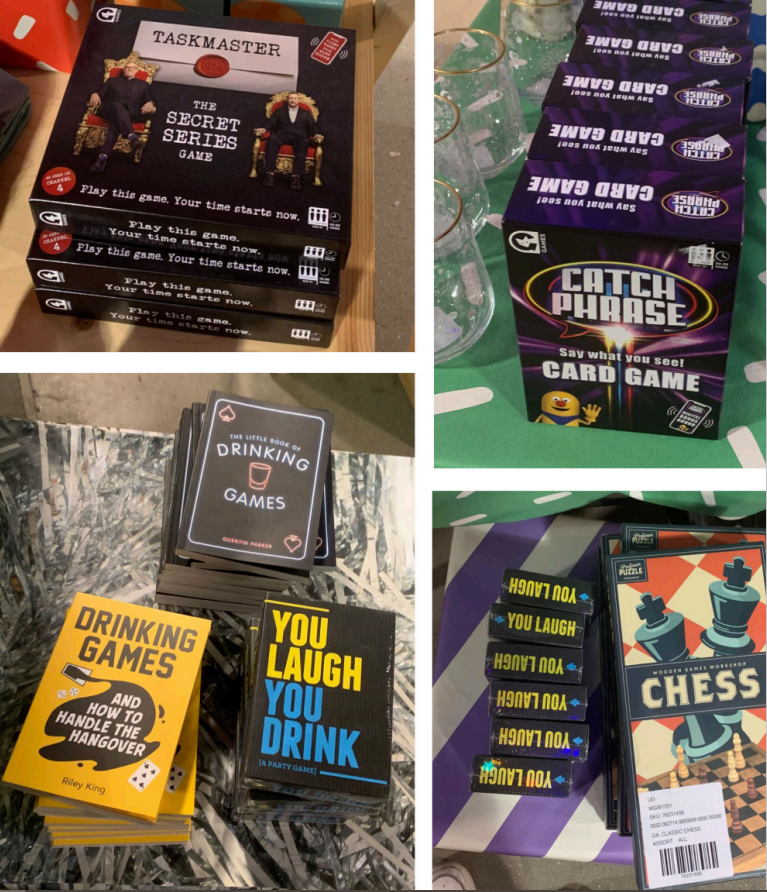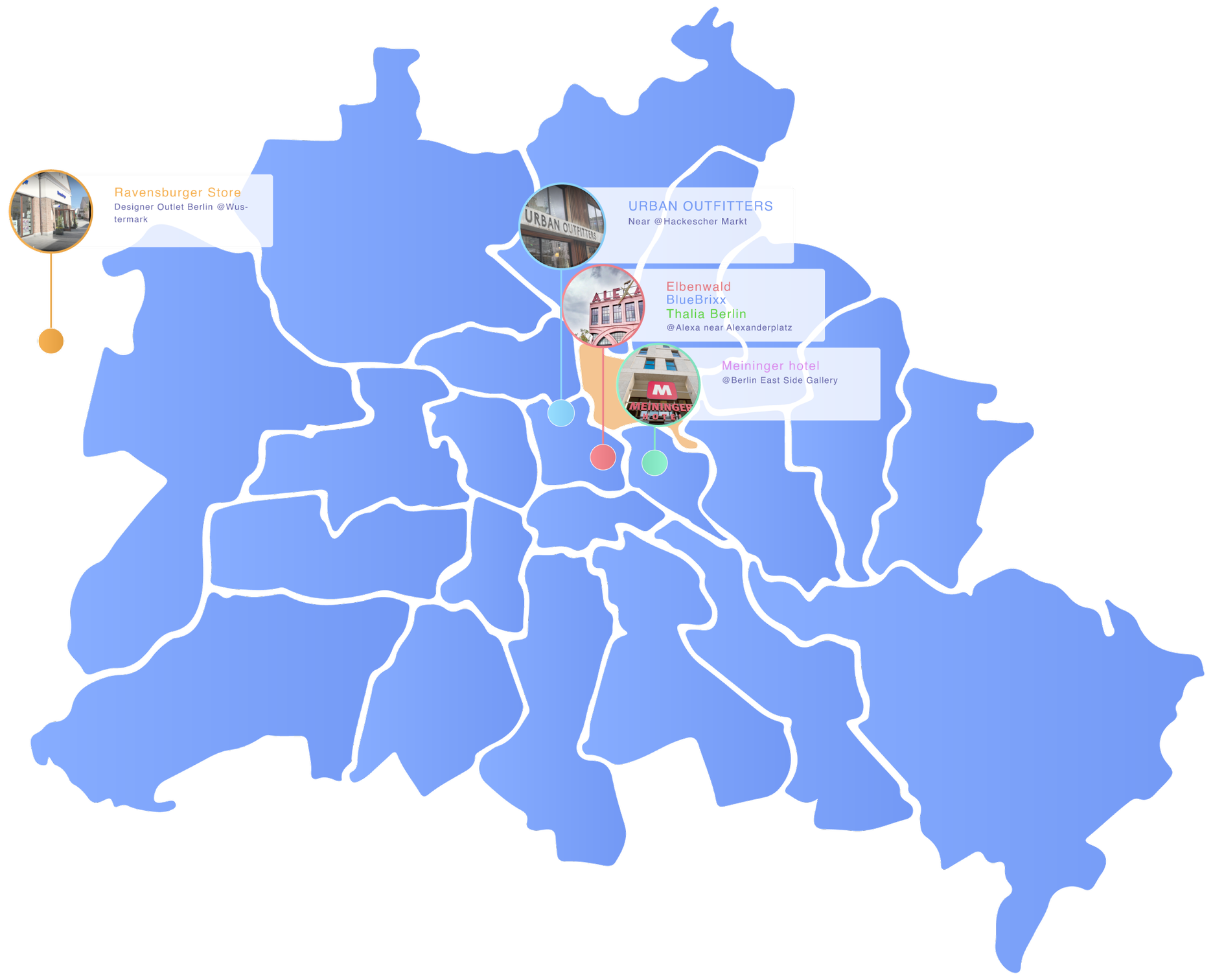
                             
|
|
10 plus 10
What?
When?
This tool is ideal when you want to unlock creative spontaneity or initiate an ice-breaker!
How?
 Define the topic you want to ideate around
Define the topic you want to ideate around
 Get a ball or a small object that you can throw. That will be your hot potato
Get a ball or a small object that you can throw. That will be your hot potato
 The participant having the ball in their hands starts by saying an idea (related to the topic) out loud, and then quickly passes the ball to another player
The participant having the ball in their hands starts by saying an idea (related to the topic) out loud, and then quickly passes the ball to another player
 The second player has to say another idea related to the topic and quickly passes the ball to the next player
The second player has to say another idea related to the topic and quickly passes the ball to the next player
 Each pretends the ball is a very hot potato that they need to throw away as soon as possible, and for that they need to express their idea very quickly
Each pretends the ball is a very hot potato that they need to throw away as soon as possible, and for that they need to express their idea very quickly
Keywords
|
Hot |
Potato |
Ball |
Ideate |
Spontaneous |
Ice-breaker |
Warmup |
Spontaneity |
|---|

